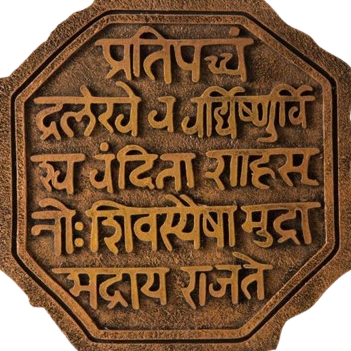
A Guide to French Regional Dialects and Accents
Wait, that’s French?” If you’ve ever scratched your head while listening to someone speak French in a way that sounds completely different from your textbook lessons, you’re not alone.
From the sing-song cadence of southern France to the clipped, speedy banter of Paris, French isn't just one language, it’s a tapestry of regional accents and dialects, each telling a story of history, culture, and identity. Whether you're a language learner, a traveler, or just a curious Francophile, exploring these regional varieties is like taking a linguistic road trip through Franc,e no passport required.
What’s the Difference Between a Dialect and an Accent?
Before we dive into the regions, let’s clear something up. An accent is how a language sounds—its rhythm, intonation, and pronunciation—whereas a dialect involves differences in vocabulary and sometimes grammar too. In France, regional accents are more common than full dialects, though in some areas, traditional dialects still thrive alongside standard French.
1. Parisian French – The Standard
This is the French you’ll hear in films, on the news, and in most language learning apps. It’s clear, crisp, and often considered the “standard.” But don’t be fooled—this doesn’t mean Parisians are free from regional quirks. For instance, Parisians often speak faster and might drop certain vowel sounds, making comprehension a bit tricky for new learners.
2. Southern French – La Douceur du Midi
Down in the south, from Toulouse to Marseille, you’ll notice a more melodic, sing-song accent. Vowels are more open, and there's often a musical lilt to the speech. People from this region might pronounce final syllables that are silent in standard French, giving the language a unique rhythm. The warmth of the accent often matches the climate and hospitality of the region.
3. Northern French – Ch’ti and Picard
In regions like Nord-Pas-de-Calais, you’ll encounter accents (and sometimes dialects) influenced by Flemish and Picard. The Ch’ti dialect, popularised in the comedy film Bienvenue chez les Ch’tis, has a nasal, rolling sound and unique vocabulary. It’s charming and hearty, like the people from this often-overlooked part of France.
4. Alsace and Lorraine – Germanic Echoes
Bordering Germany, Alsace and parts of Lorraine feature accents and dialects heavily influenced by German. Older generations may still speak Alsatian, a Germanic dialect, alongside French. The French spoken here may include German loanwords and a distinctly non-standard pronunciation.
5. Brittany – Celtic Roots
In Bretagne (Brittany), you’ll find traces of the Breton language, which is Celtic in origin. While fewer people speak Breton today, its influence lingers in accent and vocabulary. The French spoken here often has a softer intonation, and regional pride runs deep—especially in the preservation of traditional music and culture.
6. Corsica – Mediterranean Blend
The island of Corsica brings an entirely different flavor to French. Influenced by Corsican, which is close to Italian, the accent is smoother and sometimes melodic. You’ll hear rolled ‘r’s and Italian-style inflections. Corsicans often speak both French and Corsican, switching fluidly between the two.
7. Overseas Territories – A World Apart
French is also spoken in places like Guadeloupe, Martinique, Réunion, and French Guiana, where local Creoles mix with French to create entirely distinct dialects. These varieties reflect the island's histories and diverse cultural blends. For example, French in the Caribbean is richly layered with African, Indigenous, and European linguistic influences.
Why Does It Matter?
Understanding regional accents and dialects isn’t just a fun linguistic exercise—it deepens your appreciation for French culture and helps you connect with locals on a more personal level. You might not need to speak Ch’ti or understand Breton to enjoy your trip, but recognizing the rich diversity within French can make your experience more authentic (and way more fun).
Whether you're ordering a baguette in Bordeaux or chatting with a cab driver in Marseille, every region speaks with its voice. So the next time someone asks, “Do you speak French?” you can proudly say, “Yes—but which one?”












